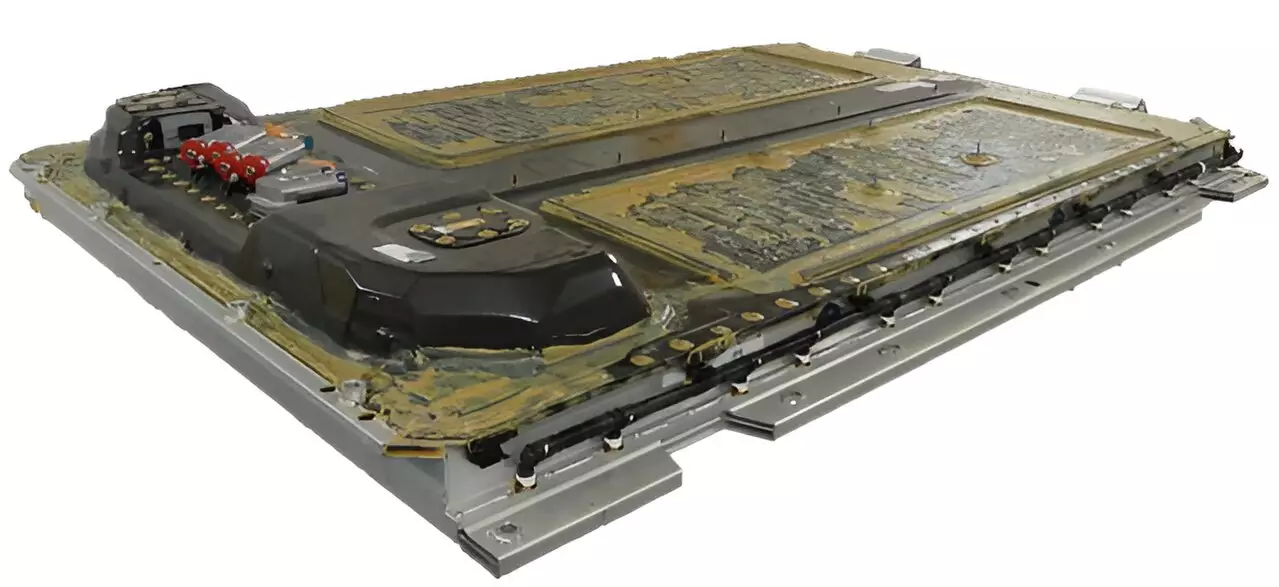Electric vehicles have become increasingly popular due to their lower environmental impact compared to traditional vehicles powered by fossil fuels. In the quest to make electric vehicles even more sustainable, researchers are constantly working on developing advanced technologies, such as next-generation battery enclosures, to enhance the efficiency and eco-friendliness of these vehicles.
In the COOLBat joint research project, the Fraunhofer Institute for Machine Tools and Forming Technology IWU, along with other partners, is focused on developing battery enclosures for electric vehicles that are not only lighter but also reduce the carbon dioxide emissions associated with manufacturing them. By incorporating new heat-conductive materials and bio-based flame retardant coatings, the goal is to cut carbon emissions by 15% and make the production of battery enclosures more climate-friendly.
Improving Energy Efficiency
One of the key advantages of developing lightweight battery enclosures is improving the energy efficiency and overall range of electric vehicles. By reducing the weight of the enclosures, power consumption decreases, allowing for greater range on a single charge. This is crucial in making electric vehicles more appealing to consumers by addressing concerns about range anxiety.
Researchers are exploring ways to combine multiple functions within the battery enclosure to reduce weight and streamline the overall design. By integrating cooling channels directly into load-bearing structures and combining thermal and mechanical functions, the researchers are able to optimize the design and improve the overall performance of the battery enclosures.
Safety is a top priority when it comes to electric vehicles, and researchers are working on incorporating innovative solutions to improve fire protection within battery enclosures. By developing bio-based flame retardant coatings that contain non-flammable materials, the risk of fire spreading from the battery cells is significantly reduced, ensuring the safety of both the vehicle and its occupants.
In addition to reducing weight and improving functionality, researchers are also focusing on designing battery enclosures for reuse. By utilizing reusable materials and implementing a circular economy approach, the goal is to lower repair costs and minimize the environmental impact of manufacturing new components. This approach not only benefits the environment but also contributes to a more sustainable future for the automotive industry.
The advancements made in the development of next-generation battery enclosures have far-reaching implications beyond electric vehicles. Industries such as trains, aircraft, and boats could also benefit from the innovative cooling systems and fire protection solutions developed in the COOLBat project. By transferring these technologies to other applications, researchers are paving the way for a more sustainable future across various sectors.
The research and development of next-generation battery enclosures for electric vehicles are essential in advancing the sustainability and efficiency of electric transportation. By focusing on reducing weight, improving energy efficiency, enhancing safety, and designing for reusability, researchers are shaping the future of electric vehicles and paving the way for a more sustainable automotive industry.


Leave a Reply